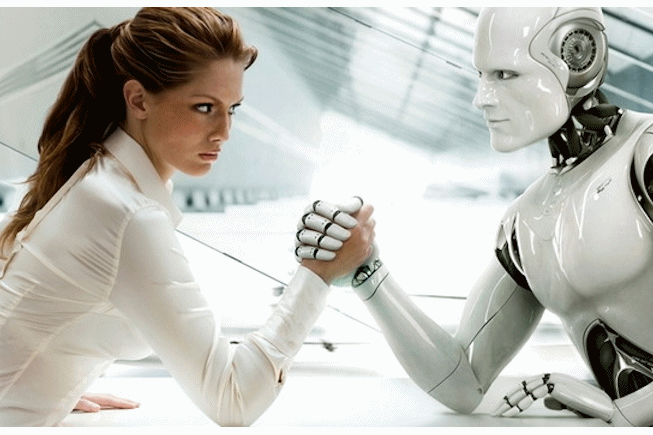
Human translators versus artificial intelligence: the match of the century?
As artificial intelligence gains momentum, should professional translators be thinking about a change of career, or do they still have a bright future?
Artificial intelligence touches on absolutely every walk of life and is spreading throughout the world. Combined with machine learning, it seems to hold the future in its hands, if its ever more enthusiastic advocates are to be believed. Others, however, are worried by the prospect of this virtual, impalpable intelligence spinning its web and extending its influence to the point where it threatens people’s jobs.
Some of you may remember when the IBM super-computer Deep Blue beat the reigning world champion Garry Kasparov at chess in 1997. Then, in 2011, along came Watson, a genuine artificial intelligence (AI) program, which played the reverse quiz-game Jeopardy! and won the match against two human opponents who were ranked as champions.
The ancient game of go was next, in 2016, followed by poker in 2017, with AI once again demonstrating its ability to outplay humans. So surely the world can now dispense with human translators, and replace them with AI programs that can translate better, faster, and into every language in the world?
That is what the University of Sejong, in South Korea, and the International Association of Professional Translators and Interpreters intended to find out when, on February 21st 2017, they organized a competition between four professional translators and three translation programs based on artificial intelligence, namely Google Translate, Systran and Papago.
The challenge was to translate four texts – literary and non-literary – from English to Korean and vice versa. The professional translators were given 50 minutes and access to the internet (as none of the texts had previously been translated). The translation programs were also connected to the web, and translated the same texts in just under 10 minutes.
The quality of the translations was then evaluated on three criteria: accuracy, style and logical coherence. Out of a maximum score of 60, the human translators obtained 49 points, whereas the best of the AI-based programs only managed 28! The specific scores for each program were not revealed, so as not to sully their image.
Analysis of the output showed that 90% of the machine translations contained grammatical errors. Moreover, the programs had, in many instances, failed to identify the authors’ intended meaning. A Systran representative acknowledged that AI-based translation programs find it difficult to detect and translate certain subtleties and emotions conveyed in texts.
Artificial intelligence in the field of translation relies on an artificial neural network and on deep learning techniques that are not sufficiently able to grasp context. Though these programs have made, and are still making, progress, they are still a long way from matching human intelligence.
Professional human translators, then, still have many good years ahead of them. The quality of their work remains unequaled, and that is why the MYLANDRIS team of experienced professional translators remains the ideal solution to meet your translation needs.